Introduction
In the vast realm of culinary delights, few dishes evoke the warmth and comfort of home quite like a plate of freshly cooked dumplings. Whether enjoyed as a hearty meal or a delightful snack, dumplings encapsulate the essence of flavors from various cultures, blending meats, vegetables, and spices into a single, bite-sized morsel. However, achieving the perfect cook time for fresh dumplings can be a delicate balance, as overcooking can lead to mushy, flavorless results, while undercooking risks food safety and an unpleasant texture. This article delves into the intricacies of cooking fresh dumplings, exploring the optimal cook time and the factors that influence it, all while offering practical tips for achieving dumpling perfection.
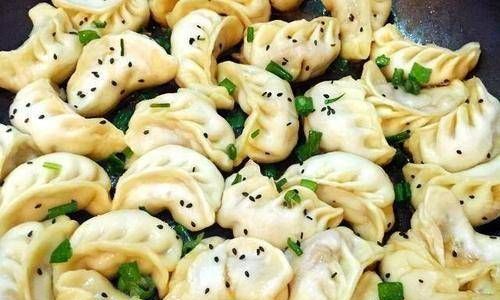
Understanding Dumpling Varieties
Before diving into the specifics of cooking time, it’s crucial to acknowledge the diversity of dumplings. From the delicate, thin-skinned Chinese jiaozi to the hearty, stuffed Russian pelmeni, dumplings vary widely in size, shape, filling, and wrapper thickness. These variations directly impact the cooking time, as thicker wrappers or larger sizes require more time to cook through fully.
-
Chinese Jiaozi: Known for their thin wrappers and diverse fillings ranging from pork and cabbage to shrimp and bamboo shoots, jiaozi are typically boiled or steamed. The cooking time for boiled jiaozi usually ranges from 3 to 5 minutes after they float to the surface of boiling water.
-
Japanese Gyoza: Similar to jiaozi but often smaller and pan-fried until crispy on the bottom, gyoza take about 3-4 minutes per batch on medium-high heat, with an additional splash of water added to create steam and cook the filling through.
-
Russian Pelmeni: These meat-filled dumplings, often made with a thicker dough, are boiled and can take up to 10 minutes or more depending on their size.
-
Korean Mandu: Featuring a variety of fillings wrapped in a thin dough, mandu can be boiled, steamed, or pan-fried. Boiled mandu usually cook for about 5-7 minutes.
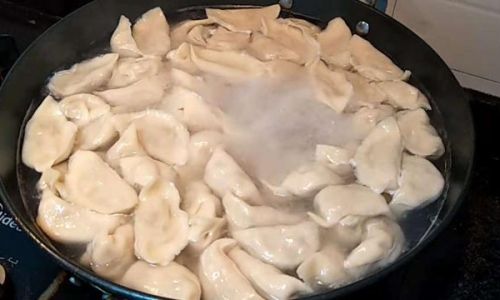
-
Polish Pierogi: Filled with potatoes, cheese, or savory meats, pierogi are boiled first and then often pan-fried or baked for a crispy exterior. Boiling time typically ranges from 5-8 minutes.
Factors Influencing Cooking Time
Several factors play a pivotal role in determining the optimal cooking time for fresh dumplings:
-
Wrapper Thickness: Thicker wrappers require more time to cook through, ensuring the dough is tender and cooked without being raw in the center. Conversely, thinner wrappers cook quicker, making it essential to monitor the cooking process closely to avoid overcooking.
-
Dumpling Size: Larger dumplings take longer to cook due to their increased volume and the need to ensure the filling reaches a safe internal temperature. Smaller dumplings cook faster, allowing for quicker meal preparation.
-
Filling Type: The type of filling can also affect cooking time. Meat-based fillings, especially those with higher fat content, may need additional time to cook thoroughly and reach a safe internal temperature. Vegetarian fillings, on the other hand, often cook faster.
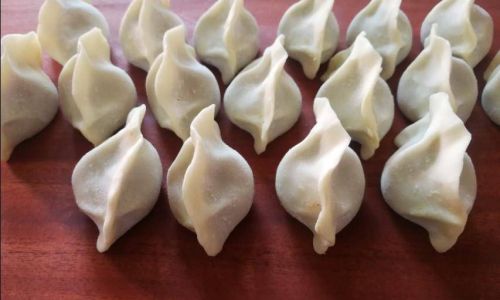
-
Cooking Method: Whether boiled, steamed, pan-fried, or baked, the cooking method significantly impacts the time required. Boiling and steaming tend to be the most straightforward methods, with a clear visual cue (floating to the surface) indicating readiness. Pan-frying and baking may require more attention to detail to avoid burning the exterior while ensuring the interior is cooked.
-
Altitude and Water Temperature: Cooking at higher altitudes can affect boiling temperatures, potentially requiring longer cooking times to achieve the same results. Similarly, maintaining a rolling boil ensures consistent cooking temperatures, while a simmer may prolong the process.
Achieving the Perfect Cook Time
Achieving the perfect cook time for fresh dumplings involves a combination of precise timing, attention to detail, and a bit of culinary intuition. Here are some practical tips to help you master the art of cooking dumplings:
-
Boiling Dumplings:
- Bring a large pot of water to a rolling boil. Adding a tablespoon of salt to the water can help the dumplings hold their shape and improve the flavor of the dough.
- Carefully drop the dumplings into the boiling water, ensuring they don’t stick together.
- For most fresh dumplings, once they float to the surface, they need an additional 3-5 minutes of cooking time. Use a slotted spoon to gently stir them occasionally to prevent sticking.
- For larger or thicker dumplings, you may need to cook them for an extra minute or two after they float.
-
Steaming Dumplings:
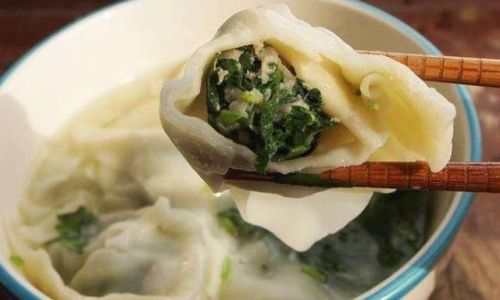
- Arrange dumplings in a single layer on a steaming rack or bamboo steamer.
- Place the steamer over boiling water, ensuring the water level doesn’t touch the bottom of the steamer.
- Steam for about 8-12 minutes, depending on the size and thickness of the dumplings.
- Check for doneness by gently piercing one dumpling with a toothpick; the filling should be hot and cooked through.
-
Pan-Frying Dumplings:
- Heat a non-stick skillet over medium-high heat with a small amount of oil.
- Add dumplings in a single layer, seam-side up if possible.
- Cook until the bottoms are golden brown and crispy, about 2-3 minutes.
- Carefully add a small amount of water to the skillet, cover, and steam for 3-5 minutes until the filling is cooked through.
- Remove the lid, increase the heat to high, and cook until the water evaporates and the bottoms are crispy again.
-
Baking Dumplings:
- Preheat your oven to 400°F (200°C).
- Place dumplings on a lightly oiled baking sheet in a single layer.
- Bake for about 15-20 minutes, or until the tops are golden brown and the filling is cooked through.
- For added crispiness, you can brush the dumplings with a bit of oil before baking.
Conclusion
The perfect cook time for fresh dumplings is a blend of science and art, requiring an understanding of the dumpling’s characteristics and a keen eye for doneness. By paying attention to wrapper thickness, dumpling size, filling type, and cooking method, you can achieve dumplings that are tender, flavorful, and cooked to perfection. Whether you’re boiling, steaming, pan-frying, or baking, the key to success lies in consistent monitoring and adjusting the cooking time based on the specific dumplings you’re preparing. With practice and patience, you’ll soon be able to create dumplings that delight your taste buds and warm your heart, making every meal a culinary adventure. So, the next time you’re in the kitchen with a batch of fresh dumplings, remember: the journey to perfection begins with the right cook time. Bon appétit!
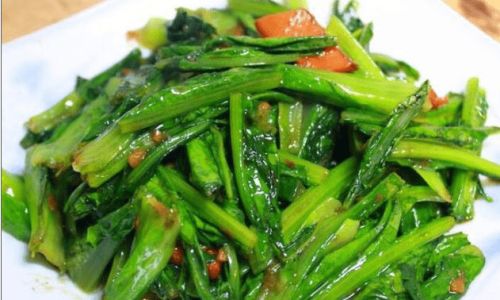
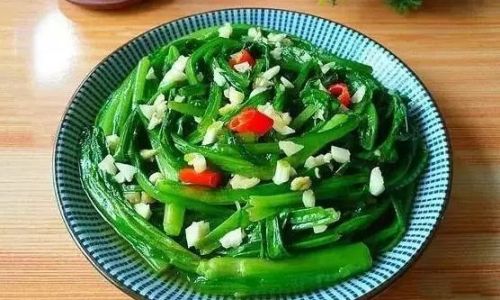
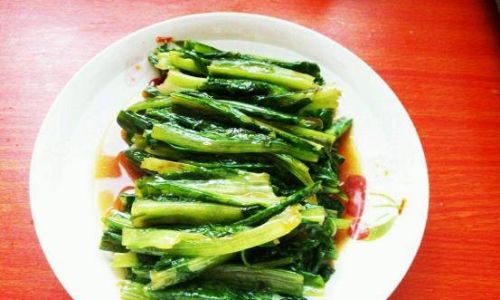
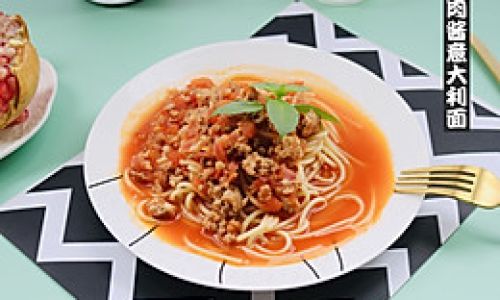

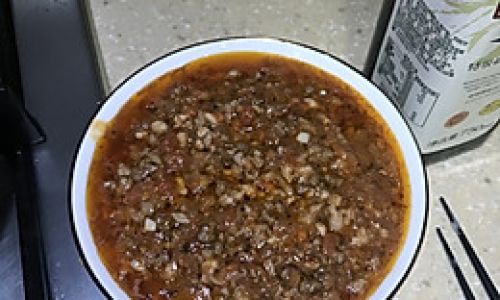
0 comments